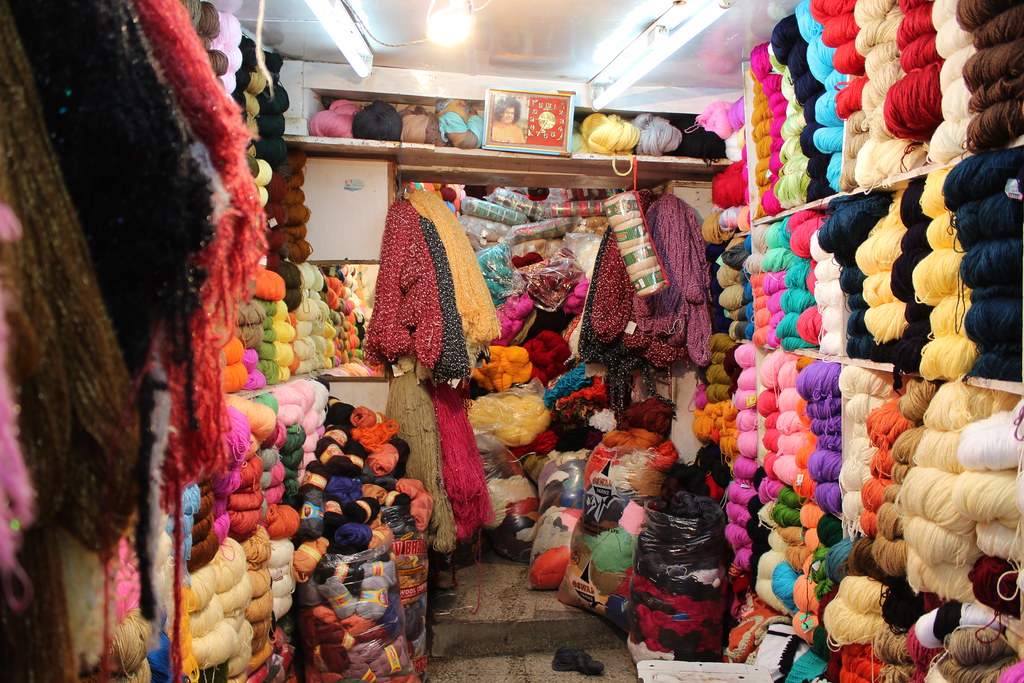 Isis Wings, published by Three Irish Girls, is now out. Boy, this pattern has been a long time in coming!
Isis Wings, published by Three Irish Girls, is now out. Boy, this pattern has been a long time in coming!
Isis Wings was created four years ago, and was one of the very first patterns I designed. It was created before I had even considered the idea that I could have a business based off of selling my knitting and crochet designs. Isis Wings was conceived on the porch of the house my now-husband, Michael, I and two other friends rented. The three of them were in their last year of undergraduate studies; I was working for the college Theatre Department at Davidson College. During those hot summer days as I began my first full time job, I discovered that I suddenly had a profusion of free time: I was suddenly released from most of my extracurricular activities as well as my academic studies.
I had actual time to knit and crochet. I no longer had to snatch precious moments from my studies and socializing time to work on my hobby. I had whole evenings where I could have a hobby. And I also, for the first time, had more pocket money than I really knew what to do with.
So I bought yarn.
I commenced knitting. I think I finished them in just over a week – which was pretty impressive
for me. I know the first one was finished in a weekend. You’ll note below that the original pair was worked entirely in twisted stitches – I’d just switched to continental knitting, and didn’t realize that I was twisting all of my stitches. That realization would come two projects later.
 |
| Twisted Stitch Detail Shot |
And then I let them sit. You see, at the time I didn’t know how to write a pattern. But I wore those socks a whole bunch. I got a lot of compliments on them, and it’s about that time that I began to just think that I might be able to make some pocket money off of this hobby.
Later, I would answer Three Irish Girl’s design call, and my new roommate in Washington, DC, would help me name them Isis Wings. I’d work to reconstruct what I did the first time – and only realize a year and a half later as I’m studying them, that I did an extra repeat on one of them (so they are not the same height).
 |
| See? Different Heights. |



















